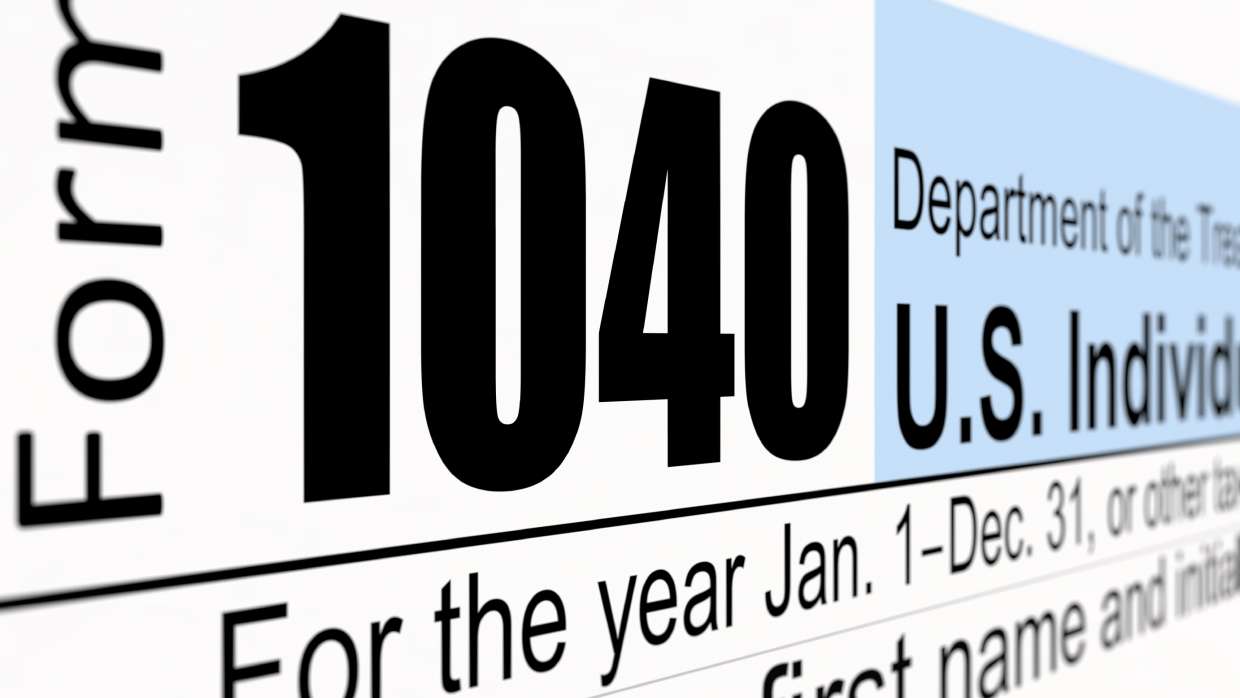We’ve expanded our staff!
The Whalen team is pleased to announce that we have added the following individuals to our staff recently:
John Calanog, CPA – Senior Staff, Tax Services
John specializes in tax services and holds a Masters degree in Tax. He has more than 18 years of progressive experience focusing in federal, state, and international tax compliance, research, and consulting. In addition, he has cumulative experiences beginning in industry, working in corporate tax departments, and continuing in public accounting, working at local, regional, and Big 4 firms.
At Whalen & Company, CPAs, John is focused on tax compliance and consulting for C corporations, partnerships, S corporations, and individual taxpayers.
Lee Atwell, MBA, MAcc – Senior Staff, Tax Services
Lee has held roles including auditor, corporate accountant, financial controller, senior accountant, and has joined the Whalen team as a member of our tax department as a consultant.
He is currently pursuing the CPA exam (expected summer 2019) and has been teaching at Columbus State since October 2014 in the Accounting Department.
In addition, he was honorably discharged from the Marine Corps & Army and has received the following degrees:
- B.S. degree in Accounting with a concentration in Applied Leadership
- Master’s in Business Administration with a concentration in Finance
- Master’s in Accounting with a concentration in Taxation
Nathan D’Aurelio – Staff, Assurance and Accounting Services
Nathan is a recent graduate of Ohio University and received a bachelor’s degree in accounting. He has joined the Whalen team as part of our Accounting & Assurance team.
He has previously worked alongside our staff as an intern, and we are pleased to welcome him back as a full-time staff member.
In addition, he is currently pursuing his CPA certification.





 The federal income tax filing deadline is slightly later than usual this year — April 17 — but it’s now nearly upon us. So, if you haven’t filed your individual return yet, you may be thinking about an extension. Or you may just be concerned about meeting the deadline in the eyes of the IRS. Whatever you do, don’t get tripped up by one of these potential pitfalls.
The federal income tax filing deadline is slightly later than usual this year — April 17 — but it’s now nearly upon us. So, if you haven’t filed your individual return yet, you may be thinking about an extension. Or you may just be concerned about meeting the deadline in the eyes of the IRS. Whatever you do, don’t get tripped up by one of these potential pitfalls.